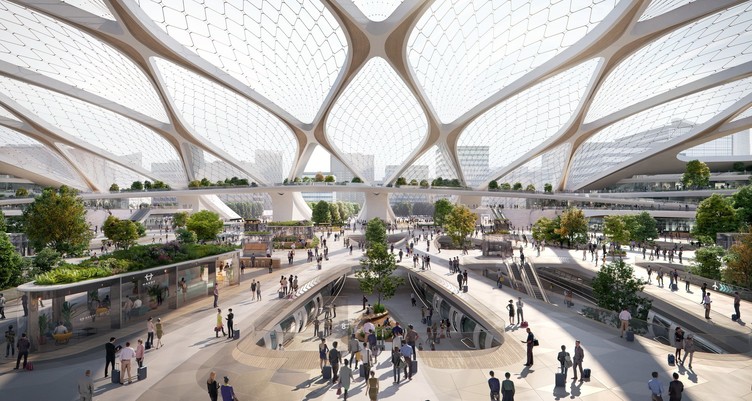In the picturesque landscapes of Maine, where rugged coastlines meet dense forests, a group of visionary architects is pioneering a movement towards sustainable and eco-friendly design. These architects are redefining the way buildings interact with their natural surroundings, placing a strong emphasis on environmental consciousness, energy efficiency, and harmony with nature. In this blog post, we’ll explore the world of eco-friendly architecture in best architects in Maine and shed light on the innovative minds behind these sustainable designs.
- Contextual Harmony with Nature:
Maine’s eco-friendly architects understand the importance of blending structures seamlessly into their surroundings. Rather than imposing their designs on the landscape, they take inspiration from the natural elements, incorporating them into their blueprints. From coastal retreats that mimic the curves of the shoreline to forested homes that seem to grow organically from the earth, these architects prioritize contextual harmony with nature.
- Sustainable Materials and Practices:
A key principle of eco-friendly architecture in Maine is the use of sustainable materials and construction practices. Local, renewable resources take precedence, reducing the carbon footprint associated with transportation and minimizing environmental impact. Architects also focus on energy-efficient building techniques, such as passive solar design and advanced insulation methods, ensuring that their creations not only exist in harmony with nature but actively contribute to its preservation.
- Off-the-Grid Living:
Maine’s rugged terrain often challenges traditional methods of accessing utilities. Eco-friendly architects in the region have embraced the concept of off-the-grid living, designing homes that generate their own energy through solar panels, wind turbines, and other renewable sources. These structures prioritize water conservation, harnessing rainwater and utilizing innovative wastewater management systems. The result is a collection of homes that not only reduce their environmental impact but also empower residents to live sustainably.
- Community Integration and Education:
Beyond individual homes, eco-friendly architects in Maine are actively engaged in community projects that promote sustainable living. They collaborate with local communities to design public spaces, educational facilities, and commercial structures that prioritize environmental responsibility. Additionally, these architects often take on an educational role, hosting workshops and seminars to raise awareness about the benefits of eco-friendly design and inspire the next generation of architects and homeowners.
- Adapting to Climate Change:
Maine, like many regions, is not immune to the impacts of climate change. Eco-friendly architects in the state are at the forefront of designing resilient structures that can withstand extreme weather events. From elevated homes to mitigate flooding risks to designs that harness natural ventilation in response to warming temperatures, these architects are actively addressing the challenges posed by a changing climate.
Conclusion:
Maine’s eco-friendly architects are not just building structures; they are crafting a sustainable future that respects and protects the natural beauty of the region. By prioritizing contextual harmony, sustainable materials, off-the-grid living, community integration, and resilience to climate change, these architects are setting a precedent for environmentally conscious design.
